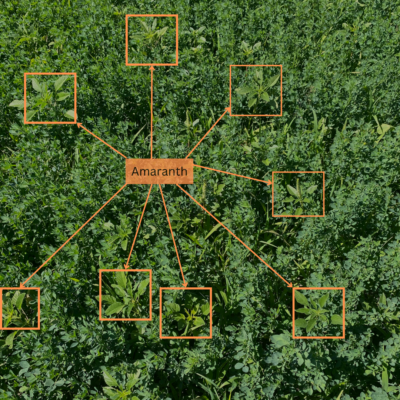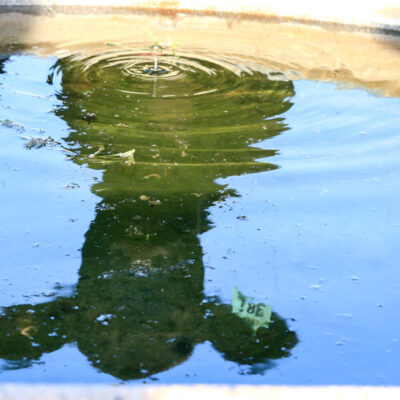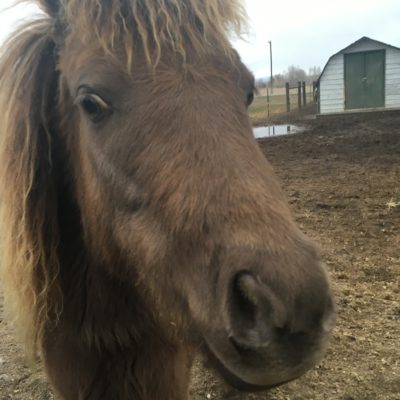Often, Ward Laboratories, Inc receives sorghum samples and producers want us to test prussic acid and nitrates. My recommendation would be to send two separate samples when testing for grazing purposes because prussic acid and nitrates accumulate in different parts of the plant. Prussic acid accumulates in the leaves of the grass in contrast to nitrate which accumulates in the plants lower stock.
What is Prussic Acid?
Prussic acid is also known as hydrogen cyanide (HCN). The compound is present in the leaves of the plants in a compound called dhurrin. Under normal conditions, plant membranes separate dhurrin from the enzyme responsible for hydrolyzing HCN from dhurrin. Monogastric animals and hindgut fermenters such as swine and horses, typically do not have an issue with prussic acid poisoning. Because stomach acid deactivates the enzyme.
However, ruminants such as cattle, sheep and goats, are more susceptible to prussic acid poisoning due to the chewing of their cud. As those animals ruminate, the cell membranes are damaged. This allows the enzyme access to dhurrin, thereby releasing HCN into the rumen. The HCN is then absorbed directly into the bloodstream where is binds hemoglobin. The bound hemoglobin can not transfer oxygen to individual cells and death by asphyxiation is the result.
An additional risk for prussic acid poisoning is posed by stressed and damaged plants. This is when it becomes toxic to non-ruminant livestock. Drought stressed plants accumulate more unbound HCN in their leaves. Frost damaged plants also have unbound HCN in their leaves.
In the case of frost, outer cell membranes have also been damaged. Therefore, waiting 5-7 days before grazing is sufficient assurance that the hydrogen cyanide gas has escaped the plant leaves. After a frost, regrowth is toxic past the 5-7 day time frame and should certainly be tested before turning animals out to graze.
Sampling for Prussic Acid
- Take leaves from 20 different plants across the field for a representative sample. Do not cut the leaves and avoid as much damage as possible.
- Immediately place all leaves in a gallon sized zip lock bag.
- Either ship the sample overnight, or drop the sample off at Ward Laboratories, Inc. as soon as possible.
When we receive your sample, we will refrigerate it and run it as quickly as we can as to not loose any HNC and to avoid a false low value. Samples reported at >200 ppm as received are considered toxic and allowing animals to graze would result in a rapid death toll.
Sampling for Nitrates
- Go into the field and cut the plant at the point where you plan to pull animals off.
- Then, use plant shears and snip it into pieces.
- Repeat this with 20 randomly located plants across the field.
- Then mix all the small plant pieces together.
- Take a representative sub-sample from that pile using the cone and quarter procedure.
- Place them in a zip lock bag and send them to Ward Laboratories, Inc. for nitrate analysis.
In summary, test the leaves for prussic acid and the rest of the plant for nitrate. The nitrate sample should represent all part of the plant the animal is going to consume. It is always important to take a representative sample for the most accurate results and informed production decisions.





[…] value for the animal and potentially stockpile more forage for later grazing. He also recommended sampling cane type grasses for prussic acid and nitrates. Producers can send those samples to Ward Laboratories, Inc. for analysis. Mr. Stam introduced […]